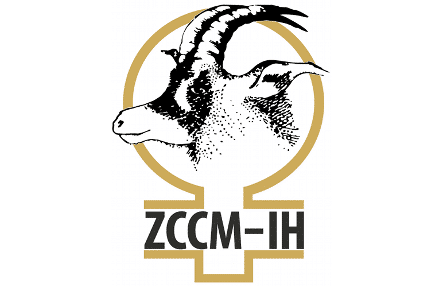
Zambia’s copper outturn has continued to fluctuate-barely days after the country; Africa’s leading copper producer, raised its bar of the red metal on the international metal market, according to the Lusaka-based Bank of Zambia.
According to the data by the Central Bank-copper production from Zambia took a downturn-declining 2.5 percent in the first quarter this year compared to a year earlier, says Bank of Zambia Governor, Michael Gondwe.
In his address to Lusaka-based journalists, August 5, the Bank says copper output dropped 2.5 percent to 276, 075.0 tons from 283,042.3 in the first quarter of 2014. On a year-to-date basis, copper production stood at 559,117.3 tons representing 16 per cent higher than the 480, 892.6 tons produced in the first half of 2013.
Earlier, Bank of Zambia stated on its website that copper production in Zambia rose to over 400,000 metric tons in the first quarter of 2014 from around 300,000 tons produced in the same period last year.
Copper production rose to 473,249 metric tons between January and May from 399, 515 tons produced in the same period last year, the Lusaka-based bank stated.
The development was chiefly attributed to the increase in the mineral output to new developments currently taking place in the mining sector across the country. Copper production increased by 18 percent on year, during the period under review. “Copper export earnings grew by 7.4 percent to US$3,209.1 million during the first five months of the year from US$2,987.5 million recorded over the same period last year, driven by higher export volumes,” the Bank said according to data posted on its website recently.
Copper export volumes, at 477.485.3 metric tons, were 19.4 percent higher than 399,919.8 metric tons recorded during the corresponding period in 2013. The average realised price of copper, however, declined by 10 percent to US$6,720.86 per ton from US$7,471.77 registered during the same period last year.
However, it said the decline in copper prices by 9.1 percent to the US$6,691.00 per ton as at June 11 this year from US$7,360 per ton at the end of December 2013, impacted on market sentiment.
Government policy would remain focused on diversifying the export base through supportive interventions in economic sectors and activities with the greatest potential for exports.

